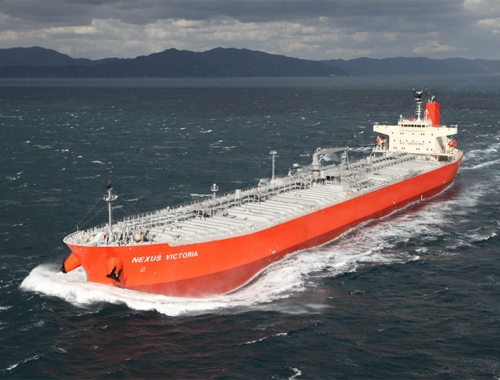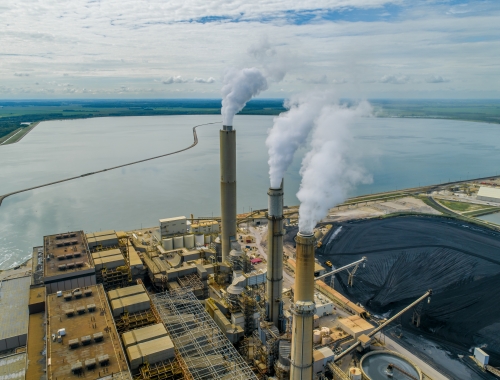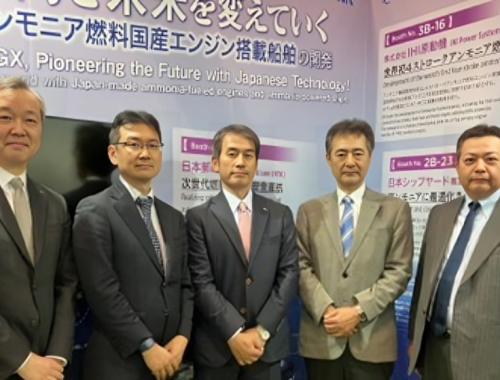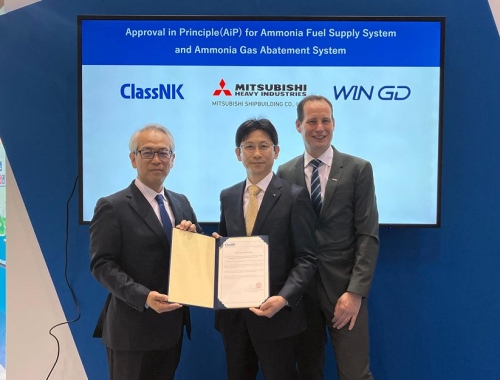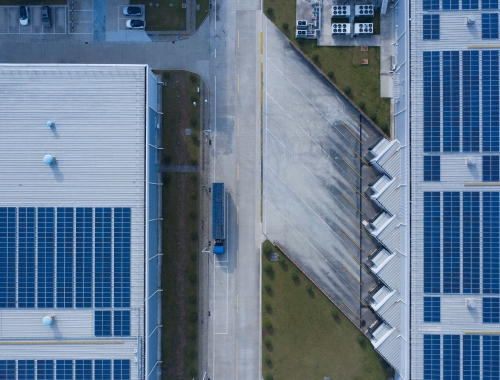Osaka Gas discusses carbon neutral LNG: Q&A
SUMMARY
The Japanese gas firm discusses with Gas Pathways its activities in the emerging field of carbon neutral LNG (CNLNG) trading, and the outlook for the sector.
By Joseph MurphyJapanese gas firm Osaka Gas discusses with Gas Pathways its activities in the emerging field of carbon neutral LNG (CNLNG) trading, and the outlook for the sector.
Q: Osaka Gas received its first CNLNG in July last year from Shell. How many cargoes of carbon neutral LNG have been received since then, and who are your customers for this gas?
A: In response to our customers’ needs, we have procured multiple CNLNG cargoes: details of individual deals cannot be disclosed due to the confidentiality obligations under the contracts. As of November 2022, we had supplied carbon neutral gas to 22 industrial customers and three gas utility companies.
Q: How does carbon neutral gas enhance the value of service Osaka Gas offers to its customers?
A: With the decarbonisation trend accelerating rapidly in society, introducing CNLNG to our energy business helps us fulfil our customers’ needs of reducing their carbon footprint and achieving their carbon neutrality, especially in the industrial sector, where they consume a relatively large amount of energy.
Q: How important a role will carbon neutral gas and LNG play in the company’s endeavour to become carbon neutral by 2050?
A: CNLNG is one of the solutions to achieving our carbon neutral goal, which requires multiple steps, as stated in our Carbon Neutral Vision. While the technologies for methanation and hydrogen are being developed for commercialisation, which takes some time, we strive to reduce our carbon footprint by promoting the usage of carbon neutral gas besides taking all possible measures to conserve energy.
Q: How do you see the demand for CNLNG in Japan in coming years?
A: While it remains to be seen how much CNLNG demand there will be in the country, we see potential needs for carbon neutral gas in our service area, as we constantly receive inquiries from customers. We will continue watching how the carbon neutral gas market and system will be developed, as they greatly affect the demand.
Q: The IEA has pointed to a lack of transparency and uniformity as a hindrance in the development of CNLNG trade. How does Osaka Gas believe these challenges can be overcome?
A: We do recognise the importance of systems and rules to solve those issues, as pointed out by IEA. As CNLNG trading is still a new business transaction, we expect systems and rules will be established in the near future, such as GIIGNL’s guideline for emissions accounting, and each CNLNG supplier’s logic for how they count emissions at their facilities.
Q: Can Osaka Gas comment on the recent framework for carbon neutral LNG and offsetting announced by GIIGNL? How successful does it believe this framework will be?
A: We view GIIGNL’s framework as one of the candidates for the industry standard. We will closely follow GIIGNL’s future course of action to promote the framework and how the market responds to it.

